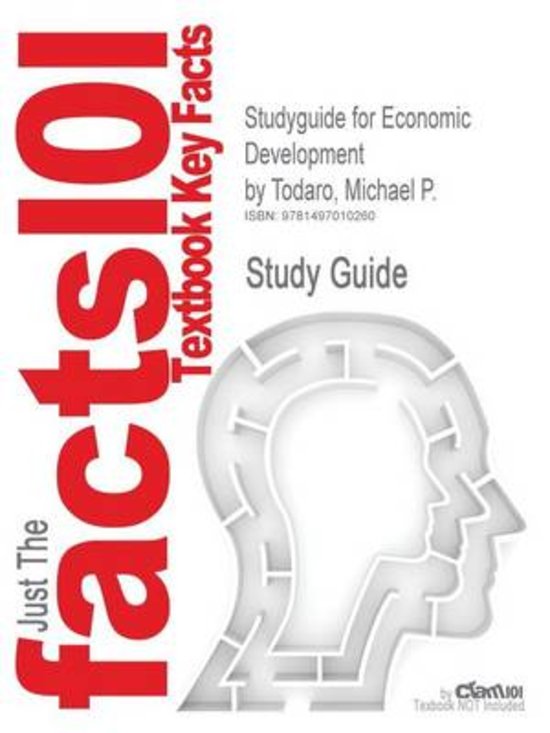Samenvatting
Summary Growth and Development Economics EBB811B05
- Instelling
- Rijksuniversiteit Groningen (RuG)
Summary of the book Economic Development 12th edition from Todaro and Smith. Chapter 1-7 PLUS extra material provided by the RUG for the course Growth and Development Economics EBB811B05!
[Meer zien]





